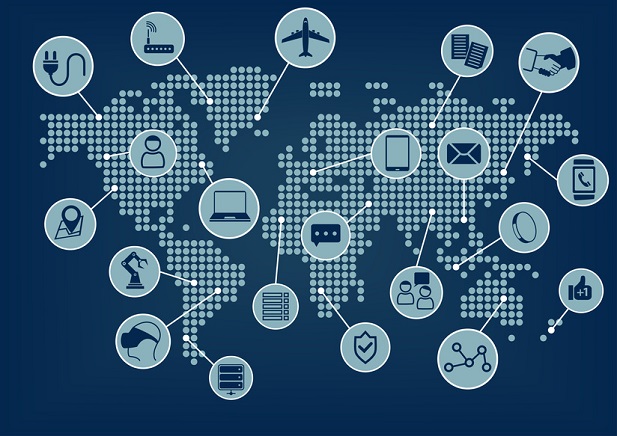Standards agency oneM2M has launched an app registry to help accelerate the adoption of open Internet of Things systems.
The organisation said it was critical to allow applications developed across different networks and platforms to share information with one another, given the acceleration of new IoT products and services.
The oneM2M App-ID Registry gives a unique ID to each application to help the communication between them and devices. Developers can register their application online, allowing them to potentially broaden the reach of their solution.
The registry was developed by iconectiv under the auspices of the Alliance for Telecommunications Industry Solutions (AITS).
ATIS President and CEO Susan Miller said: “Application developers, service providers, governments, and a host of others have a vested interest in ensuring that the proper framework is built to support the future potential of connected devices. The industry recognised the need for common standards to break down barriers to communications. That is why these global standards bodies in partnership with the industry came together to create oneM2M.
“ATIS and iconectiv took the next step by developing a one-of-a-kind registry system to make oneM2M specifications more easily accessible. ATIS is excited to be partnering with iconectiv to establish and maintain this registry and the underlying database that supports and manages the issuance of unique App-IDs.”
Richard Marano, Executive Vice President, Information Solutions, iconectiv, added: “The App-ID Registry is the first step in assisting developers and service providers in choosing application partners and collaborators that are compliant with oneM2M deliverables. This promise of standardisation allows for conversation and collaboration across all verticals and applications, from the automotive sector to healthcare analytics to energy and utility regulation. With the knowledge that machine-to-machine communication is the future, the registry and formalisation of standards are the first critical steps in ensuring the path to a more connected world.”



